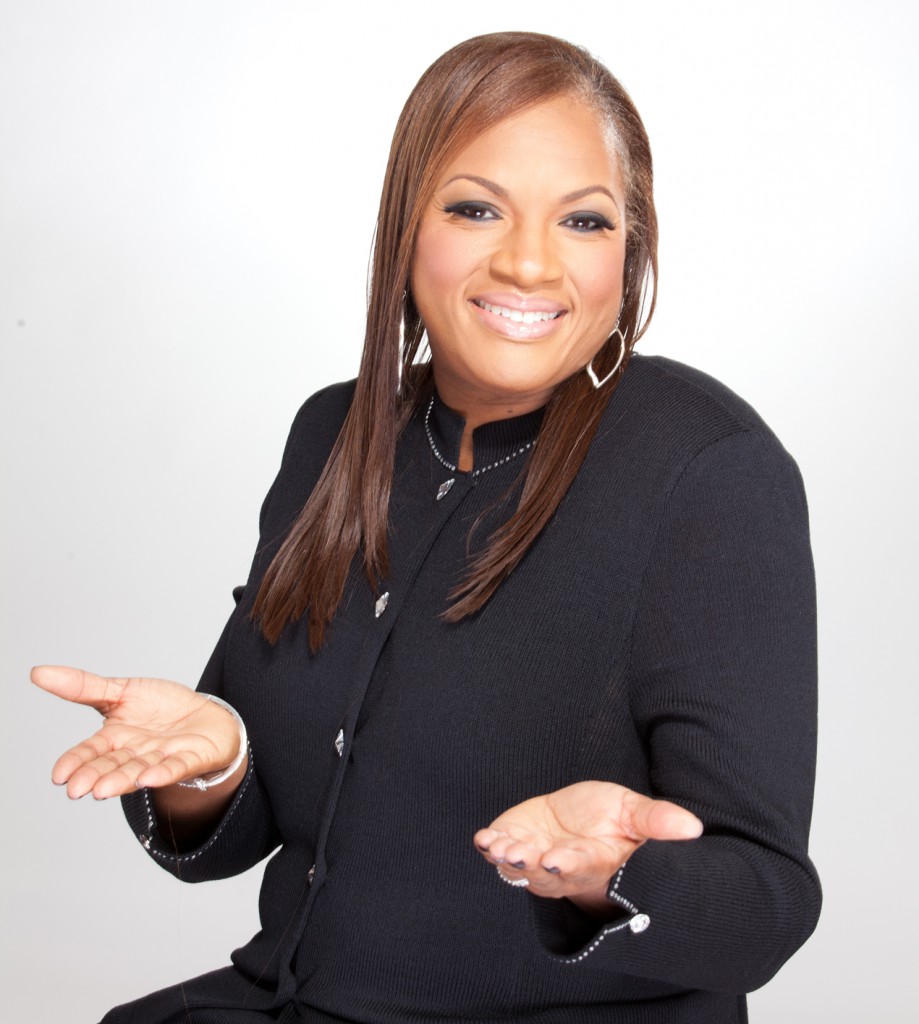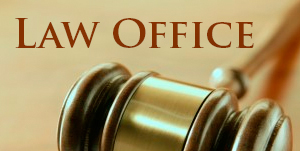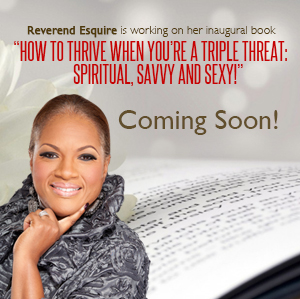Prayer Request
Latest Tweets
Home The Rev. Esquire Speaks
As a Preacher and an Attorney, Reverend Esquire has a unique take on things that affect our community… Keep up with the Reverend here and join in on the discussion…
Follow the Reverend on Facebook
Follow the Reverend on Twitter
Statement on Ferguson
THE FALLOUT FROM FERGUSON:
An insider’s perspective from a Grand Jury Expert
As you are aware, last Wednesday, the grand jury in Ferguson, Missouri, decided NOT to indict Officer Darren Wilson in the murder of an UNARMED black male, Michael Brown. The decision of the grand jury decision not to indict Officer Wilson, in my opinion, was blatantly WRONG. INEXCUSABLY APPALLING. CONSCIOUS SHOCKINGLY WRONG!!
So, I hear you saying how can Reverend Esquire be so sure about the error of the Ferguson grand jury’s decision?
Here’s how. As a high school, college, and yes, law student I was employed with the United States Department of Justice. I worked for the United States Attorney’s Office for the District of Columbia (USAO). The USAO is the federal prosecutor for the District of Columbia. During the last five years of my tenure there, I was the paralegal for, yep, you guessed it, the Grand Jury Division. My responsibilities included supporting the attorneys in that division, and most importantly reviewing each and every indictment handed down by the grand jurors. We had four grand juries that heard cases simultaneously and since this was during the time of “Operation Clean Sweep” in the District of Columbia, I was extremely busy.
Having said that, let me be crystal clear, the fallout from the “Ferguson decision” has several “layers.” The first is the racial layer, i.e., the disproportionate number of white police officers in the predominately black city of Ferguson. The second layer is the disadvantage layer, i.e., the fact that Michael Brown was unarmed. The third layer, and by far the most disturbing, is the grand jury abuse layer, i.e., the fact that the grand jury was “misused” which ultimately lead to the travesty of its erroneous decision. The person who was solely responsible for how the grand jury was conducted is the prosecutor for the city of Ferguson, St. Louis County, Robert McCullough.
There were several MAJOR problems with how the grand jury was conducted, and of course this lead to a patently erroneous decision.
The Function of a Grand Jury
Unfortunately, most lay people do not understand the difference between a Grand Jury and a Petit Jury. The chart below depicts some of the major differences in relations to the Ferguson case:
Grand Jury
– Decides PROBABLE CAUSE
– Is a panel of citizens that is empowered to conduct proceedings to investigate potential criminal conduct and to determine whether or not criminal charges should be brought by the government.
– The hearing conducted by a grand jury is done behind closed doors and is in secret.
– Proceedings are conducted by the prosecutor, who doesn’t want to over-expose its case to the defense prematurely.
– The number of people on a grand jury can be as high as 25 to 30 people*
– Vote of a grand jury is a majority vote
Petit Jury
– Decides GUILT OR INNOCENCE
– Is a panel of citizens that examine the evidence of both the prosecution and the defense, AFTER a person has been charged with a crime. They hear testimony and examine documents and other types of ADMISSIBLE evidence.
– A trial by a petit jury is conducted in a public court room.
– The trial is conducted by a judge, whose job is to ensure a non-prejudicial proceeding and to keep inadmissible evidence away from the jury.
– The number of people on a petit/trial jury is usually twelve (12) people*
– Vote of petit jury has to be unanimous
*However, one point of confusion is that the Ferguson grand jury was comprised of twelve (12) people (nine whites and three blacks) which gave it the APPEARANCE of a petit jury!!! This is trickery at its best!!
To sum up the criminal charging process, the police arrest a suspect; the prosecutor reviews the facts that the police give him/her. The prosecutor matches the charges that the facts support. The case then goes to the GRAND JURY whose job is to affirm that the charges brought by the prosecutor are correct. If the charges are correct, an indictment is handed down. This is a “check” if you will, on the prosecutorial process because the ultimate consequence, if an accused person goes to through the process and is found guilty, is the loss of freedom. Basically, the grand jury’s job is to “rubber stamp” the prosecutor’s decision to bring charges.
Once the indictment is handed down, the now defendant, is arraigned and enters a plea of guilty or not guilty. (In some states, like Maryland, there is an additional step called a preliminary inquiry or hearing.)
In the Ferguson grand jury, the prosecutor “punked and punted.” What I mean by that is this. Instead of charging Officer Wilson initially, and then sending the case to the grand jury to decide probable cause, he conducted a criminal trial, i.e., as if he was trying the case before a PETIT jury instead of a GRAND jury. He basically forced the GRAND jury to perform like a TRIAL jury. The reason that I know this is because of the type of evidence that was put before the grand jury.
Usually, the prosecutor ONLY presents evidence of an inculpatory nature to the grand jury. This is why it is rare for a grand jury NOT to indict. The only evidence put before them is evidence that this person, the defendant, committed a crime. Motive evidence it not usually presented. Most importantly, exculpatory evidence is NOT presented. Exculpatory evidence is evidence that would exonerate or free the defendant from charges.
The seminal case on this is United States v. Williams, 504 U.S. 36 (1992). The Supreme Court, Justice Scalia writing the majority opinion holds:
“To the contrary, requiring the prosecutor to present exculpatory, as well as inculpatory, evidence would alter the grand jury’s historical role, transforming it from an accusatory body that sits to assess whether there is adequate basis for bringing a criminal charge into an adjudicatory body that sits to determine guilt or innocence. Because it has always been sufficient for the grand jury to hear only the prosecutor’s side and, consequently that the suspect has NO RIGHT TO BE PRESENT (emphasis mine), and the grand jury has no obligation to consider exculpatory evidence, it would be incompatible with the traditional system to impose upon the prosecutor a legal obligation to present such evidence. Pp 51-55.”
Basically, what Justice Scalia is stating is that a grand jury should only hear evidence that results in the accused be charged. However, in the Ferguson case, the grand jury heard evidence that would result in the accused being exonerated. But here’s the trickery, they heard it from the accused HIMSELF, Officer Darren Wilson. Of my entire five (5) tenure in the Grand Jury Division of the Department of Justice, United States Attorney’s Office I NEVER, I repeat, I NEVER remember a case where the accused himself was allowed to testify before the grand jury. It’s simply unheard of. If I polled 100 criminal defense attorneys I would be shocked if 1 would agree to do that.
In closing let me say that it’s a travesty of law and the criminal justice system that this “frackenackle nonsense” has occurred. The reason that this erroneous decision was made by the Ferguson grand jury is because of the malfeasance and misconduct of the Ferguson prosecutor. HE HAS A NICKEL IN THAT DIME OF GUILT!!!
Finally, I recommend this solution, that in ALL and I do mean ALL cases where a police officer murders a citizen of the United States, not just persons of color, that (1) a federal investigation be conducted, (2) that a federal grand jury be convened in a jurisdiction independent of where the murder occurred, and (3) that a trial be conducted in a federal court.
Submitted by
Angelia Rowe Garner, Attorney at Law
“Reverend Esquire”
Copyright 2014 Reverend Esquire. All Rights Reserved.
Back to top











